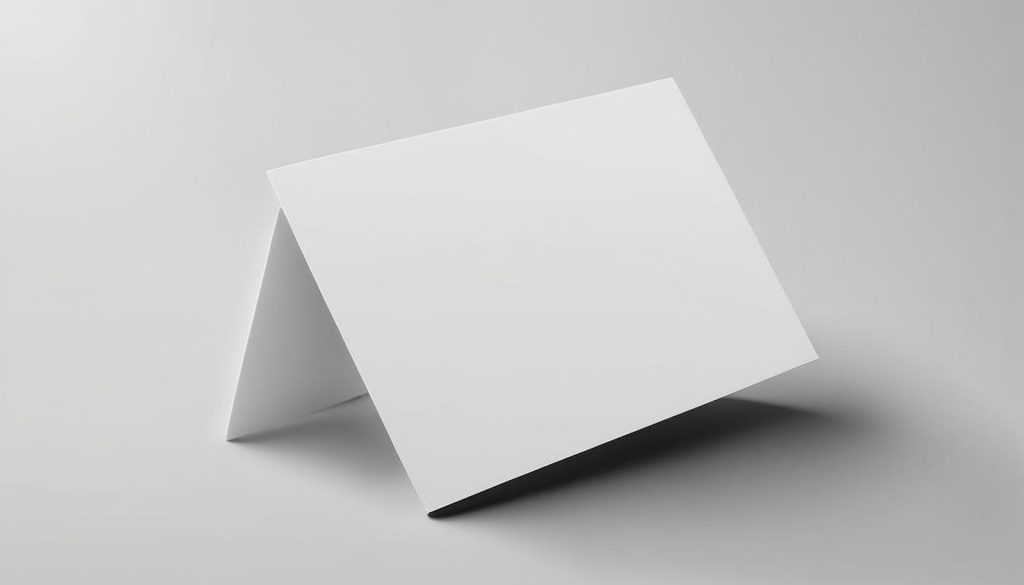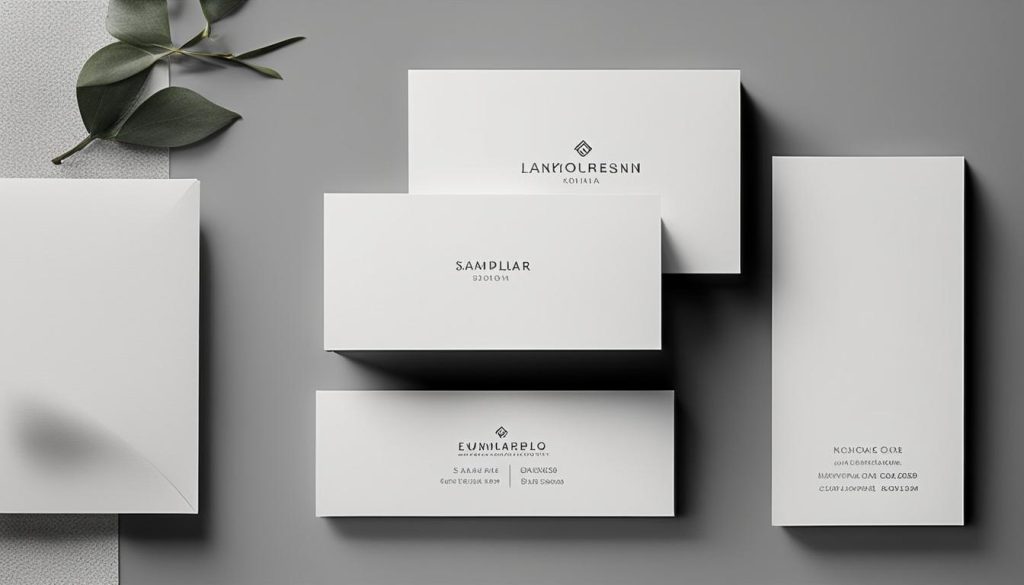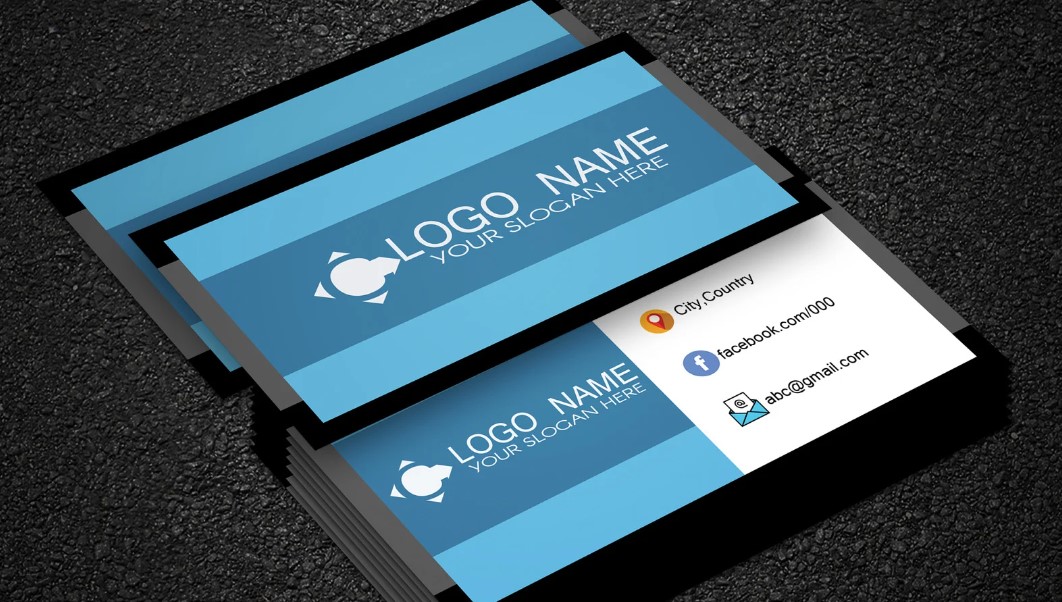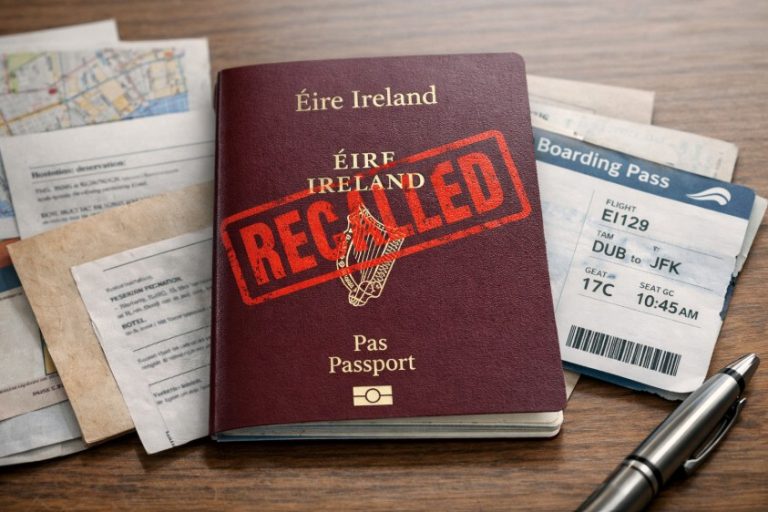Designing a business card is an essential step in establishing your brand and making a memorable impression on potential clients. Whether you’re a small business owner or a freelancer, a well-designed business card can leave a lasting impact. In this article, we will provide you with easy steps and ideas to create a professional-looking business card that represents your business effectively.
What to Include on a Business Card?
Your business card serves as a powerful tool for promoting your small business. It’s essential to include the right information that allows people to easily contact you and learn more about your business. By including key details and designing your card strategically, you can make a lasting impression on potential clients and customers.
- Full Name: Start by prominently featuring your full name on the business card. This helps create a personal connection and ensures that people know who they are contacting.
- Company Name: Clearly state the name of your small business. This reinforces brand recognition and makes it easy for people to associate your card with your company.
- Job Title: Include your job title or position within the company. This provides additional context and helps establish your expertise in your field.
- Contact Information: Provide multiple ways for individuals to reach out to you. Include your phone number, email address, website, and social media accounts, if applicable. Make sure the contact information is up to date.
- Logo: Incorporating your business’s logo on the card adds visual appeal and improves brand recognition. Ensure that the logo is clear and easily identifiable.
- QR Code: Consider adding a QR code that can be scanned with a smartphone. This can link directly to your website or any other relevant online content, providing easy access to more information about your business.
- Slogan: If you have a catchy slogan or tagline that represents your brand, consider including it on your business card. This can help reinforce your brand message and leave a memorable impression.
- Headshot: Including a professional headshot can help create a personal connection and make your card more memorable. This is particularly beneficial for industries such as real estate, consulting, or freelancing.

When designing your business card, it’s important to choose a professional font that is easy to read. Select a font style that is aligned with your brand’s personality and complements the overall design. Additionally, choose a color scheme that reflects your business’s style and conveys the right message to your target audience.
Remember, it’s crucial to avoid including unnecessary or irrelevant information that can clutter your card. Keep it concise and focus on the key details that will help potential clients remember and reach out to you. By crafting a well-designed business card that showcases your brand effectively, you can make a positive impression and leave a lasting impact on those who come into contact with it.
How to Design a Business Card?
Choose the Right Size and Shape for Your Business Card
When designing your business card, it is crucial to consider the size and shape that will best suit your needs and make a lasting impression on potential clients. The standard size for a business card in the United States is 3.5 inches by 2 inches, ensuring that it fits perfectly into card slots in wallets and purses. However, it is essential to note that the size may vary slightly in other regions.
While the standard size is widely accepted and practical, you can also opt for alternative sizes to create a unique and eye-catching card. For example, square cards or mini cards are becoming increasingly popular choices. Square cards break away from the traditional rectangular shape and instantly grab attention, while mini cards offer a compact and memorable design that stands out from the crowd.
Aside from size, it’s important to consider other design elements such as bleed area, trim line, and safety line to ensure your business card’s design is printed correctly. The bleed area refers to the extra space around the edges of your card design that accounts for minor trimming during the printing process. The trim line indicates where the printer should cut the card, while the safety line ensures that important elements are not accidentally trimmed off.
For those looking for a truly distinctive business card, die-cutting is an excellent option. This technique allows you to create custom shapes for your cards, making them stand out and leave a lasting impression on recipients. Whether it’s a unique silhouette that reflects your business’s nature or a design element that aligns with your brand, die-cutting offers endless possibilities for creating a memorable and distinctive business card.
To summarize, selecting the right size and shape for your business card is crucial in making it visually appealing and effectively representing your brand. Consider the standard size or explore alternative sizes for a unique touch. Additionally, pay attention to design elements such as bleed area, trim line, and safety line to ensure your card is printed correctly. And for those looking for something truly unique, consider the art of die-cutting to create custom shapes that perfectly reflect your business’s identity.

| Standard Size | Alternative Sizes | Die-cutting Possibilities |
|---|---|---|
| 3.5 inches by 2 inches | Square cards | Custom shapes |
| Ideal for wallets and purses | Unique and attention-grabbing | Memorable and distinctive |
Select the Right Paper Stock and Design for Your Business Card
The choice of paper stock for your business card can have a significant impact on its overall look and feel. It is essential to choose a paper stock that aligns with your brand image and enhances the visual appeal of your card. Here are some tips to help you make the right decision:
Paper Stock Options
When selecting paper stock for your business card, consider the following options:
| Option | Description |
|---|---|
| 100 lb Gloss Cover Cards | Cost-effective option for standard business cards. |
| 14/16-point Cardstock | Luxe and durable option for a premium feel. |
Finishes
Experimenting with different finishes can add a touch of elegance to your business card design. Consider the following options:
- Glossy surfaces for a shiny and vibrant look.
- Matte surfaces for a sophisticated and refined appearance.
Design Considerations
Your business card design should reflect your brand’s identity and leave a lasting impression on recipients. It is important to consider the following aspects:
- Choose a cohesive color palette that aligns with your brand’s aesthetics.
- Select legible fonts that convey professionalism and enhance readability.
- Get creative with fonts and colors to make your business card stand out from the crowd.
For design inspiration and innovative business card designs, explore websites, online communities, and social media platforms. These resources can ignite your creativity and help you create a unique and eye-catching business card.

Now that you have a better understanding of paper stock options and design considerations, you can create a visually appealing and professionally crafted business card that makes a memorable impression on potential clients.
Conclusion
Designing a business card is an essential step in establishing your brand identity and making a lasting impression on potential clients. By following the steps outlined in this guide, you can create a professional and visually appealing business card that effectively represents your business.
When designing your business card, it is crucial to stay updated with current business card design trends. Incorporating these trends into your design can help your card stand out and make it more memorable. However, do not forget to add your unique touch to make it truly represent your brand.
Whether you choose to print your cards at home or use a professional printing service, it is important to select high-quality paper. The paper you choose can impact the overall look and feel of your business card. Additionally, pay attention to small details such as font choice and color scheme to ensure a cohesive and visually appealing design.
With a well-designed business card, you have the opportunity to leave a positive and lasting impact on your target audience. Make sure to invest time and effort into creating a business card that reflects the professionalism and uniqueness of your brand.
FAQs
How do I customize my business card?
To customize your business card, start by brainstorming ideas for your logo, choosing the information you want to include, and selecting a color scheme and font. Then, use a design app such as Canva, Microsoft Word, or Adobe Express to create your card design.
How can I make business cards from scratch?
To make business cards from scratch, you can use a design app like Canva, Adobe Illustrator, or Microsoft Word to create a custom design. Choose the right paper, such as 14 pt. cardstock, and print your cards at home using a high-quality printer.
What is the format of a business card in the UK?
The standard format for a business card in the UK is 85mm x 55mm. This size is ideal for fitting into card slots in wallets and purses.
How much does it cost to design a business card?
The cost of designing a business card can vary depending on factors such as the complexity of the design, the printing method used, and the quantity of cards ordered. Designing a business card at home using design apps and printing them yourself can be a cost-effective option.
Can I design a business card online for free?
Yes, there are various online platforms such as Canva and Adobe Spark that offer free business card templates and design tools for creating and customizing your business card design.
How can I design a business card in Microsoft Word?
To design a business card in Microsoft Word, you can use the built-in templates and design tools. Open a new document, select “Business Cards” from the template options, and customize the design with your own information, colors, and fonts.
Where can I find business card templates?
You can find business card templates online on websites such as Canva, Adobe Stock, and Template.net. These templates can be customized with your own information and branding elements.
What should I put on my business card for a small business?
For a small business, your business card should include your full name, company name, job title, and contact information such as phone number, email address, website, and social media accounts. You can also consider adding a logo, QR code, slogan, or headshot if it aligns with your brand and industry.





